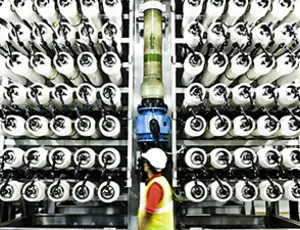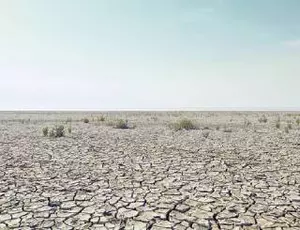Since the 1980s, the energy required to desalinate seawater has declined by around 80%. As a result, installations are less energy-intensive, thanks to technological advances that offer a significant reduction in production costs and an improvement in the environmental footprint. Considering the fact that this alternative solution represents the only accessible source of water in some parts of the world, the results are remarkable. An overview of desalination from Veolia, the world leader in water technologies:
Desalination transforms seawater into a vital and exploitable resource, offering a concrete response to the problems of resource scarcity. The days of importing fresh water are gone, replaced by a local and inexhaustible source. While processes for the desalination of seawater to make it drinkable have been around for decades, it is only in recent years that the oceans have become a resource for humanity, thanks to innovations that have considerably improved their energy consumption and environmental footprint. The big winner? Reverse osmosis desalination that involves pushing water under high pressure through a membrane, which retains up to 95% of salt particles and 99% of impurities.
Mirfa 2: at the cutting edge of energy efficiency
Construction has just begun on this seawater desalination plant that is due to come into operation in 2025. Mirfa 2 will be one of the largest in the United Arab Emirates. In a country where most of the drinking water consumed comes from the sea, this new unit will be able to cope with the increase in consumption and compensate for the insufficiences of current aging installations. With a capacity of around 550,000 cubic metres, it will supply drinking water to around 210,000 households, while offering greater efficiency and a reduced environmental footprint thanks to reverse osmosis filtration. This facility is in line with the Group's commitment to developing its desalination capacity in a sustainable way.
It's an important issue," says Estelle Brachlianoff, Veolia's Chief Executive Officer, "because it's part of a mix of solutions needed to deal with the growing scarcity of water worldwide, and particularly in the Middle East. With Mirfa 2, Veolia is once again raising the bar on environmental and operational standards for desalination processes, and contributing to the green transformation of the sector, which has already made considerable progress over time [...] This achievement confirms our leadership position in water technologies and our commitment to leverage our expertise and innovation capabilities to provide reliable, affordable, and sustainable solutions in terms of access to water.

13 million m3 of water per day at more than 2,300 sites worldwide
These numbers represent the combined treatment capacity of Veolia in 108 countries around the world. Major installations include Sadara, a leading petrochemical complex in Jubail, Saudi Arabia, which includes a new reverse osmosis desalination plant. Under a water supply contract, it produces 178,800 m3 of industrial water every day, mainly for process cooling. Another example? Fujaïrah, in the United Arab Emirates commissioned the construction of the Qifda desalination plant to meet the population's freshwater needs and contribute to the region's development. It is capable of producing 590,000 m3 of desalinated water in a single day. What is original about this project? Veolia's combination of two major desalination processes: distillation and membrane treatment.
While a sober assessment is the first step in imagining a sustainable future, when the only resource available is seawater, desalination, with its next-generation equipment, offers tremendous prospects for combating water stress and imagining a desirable future.




